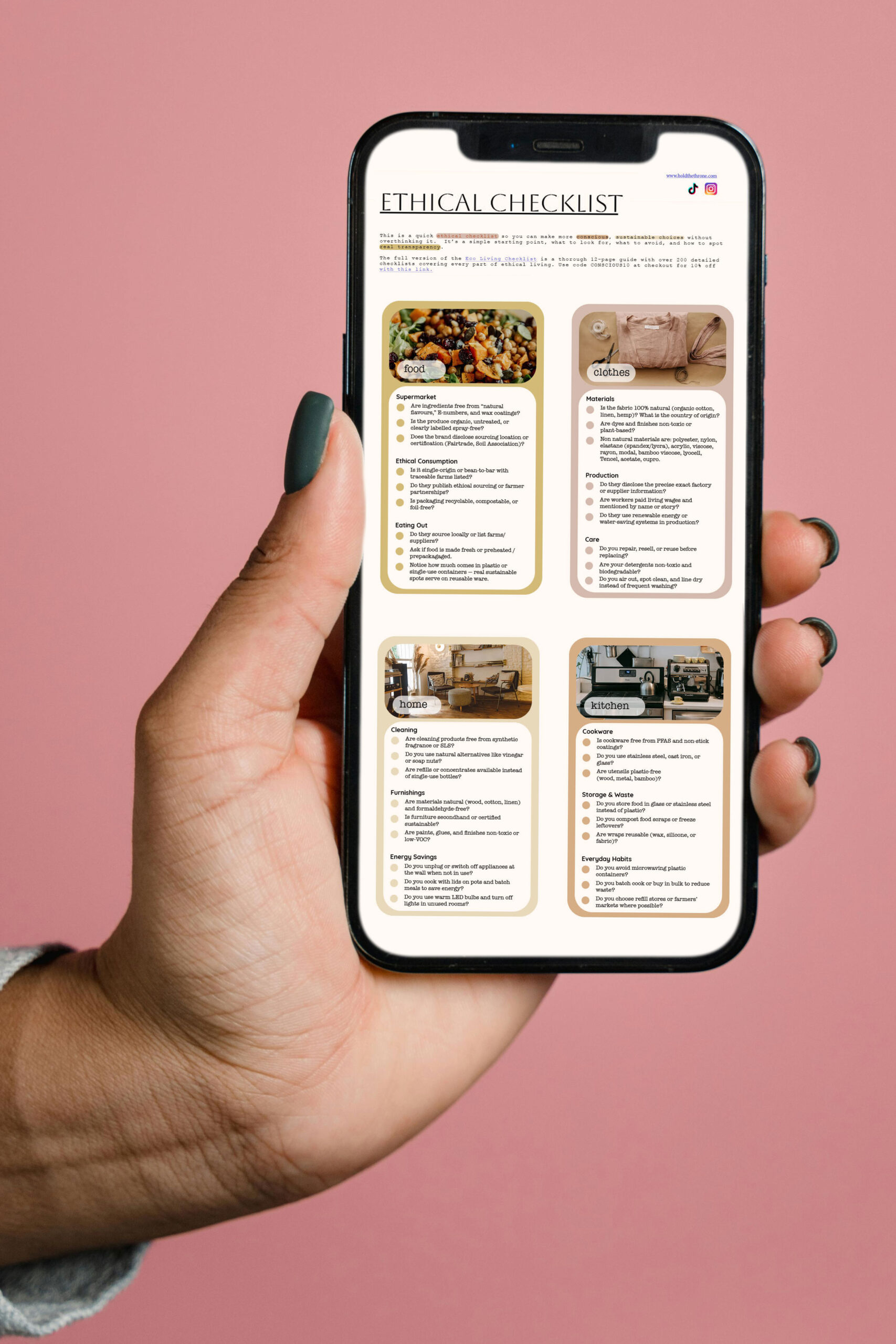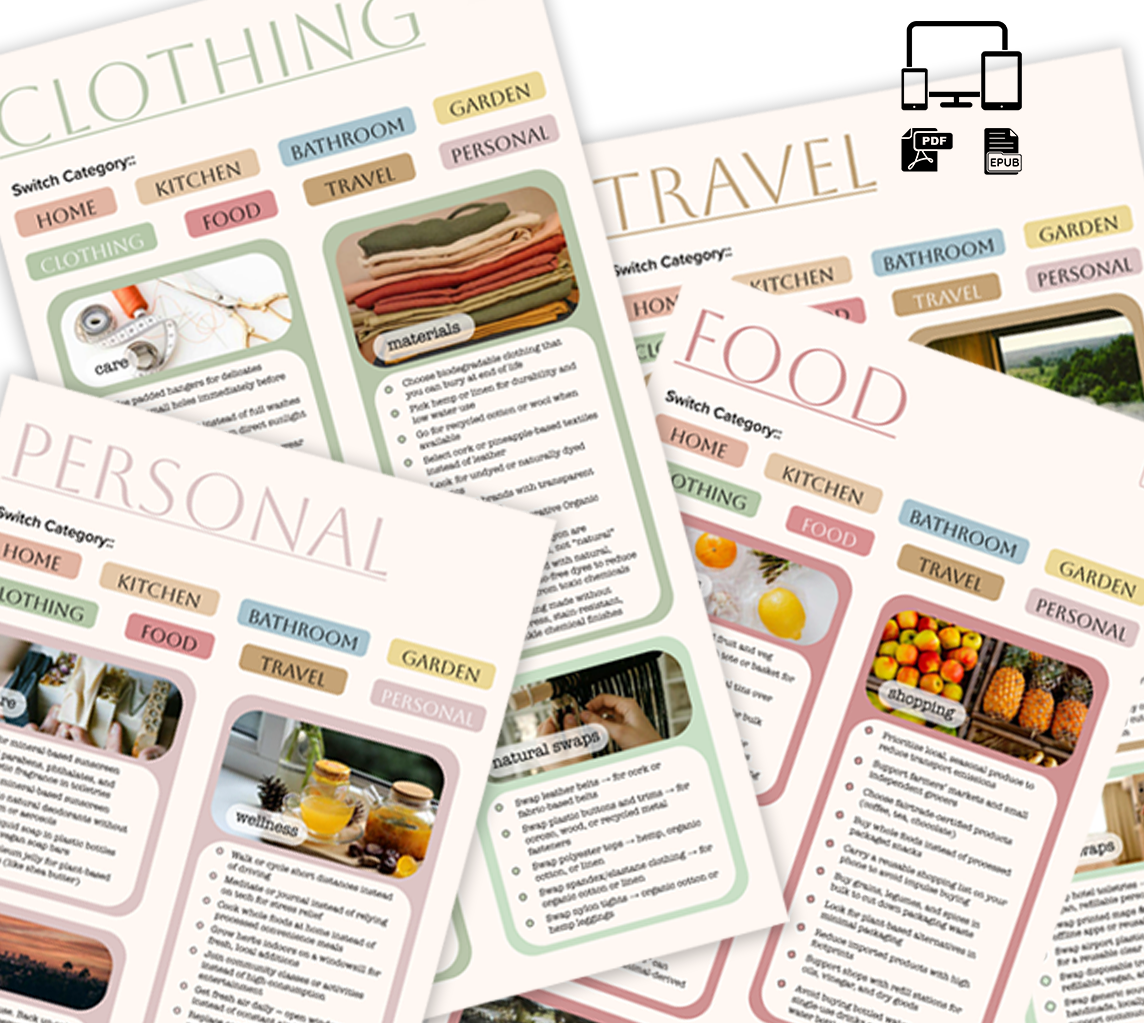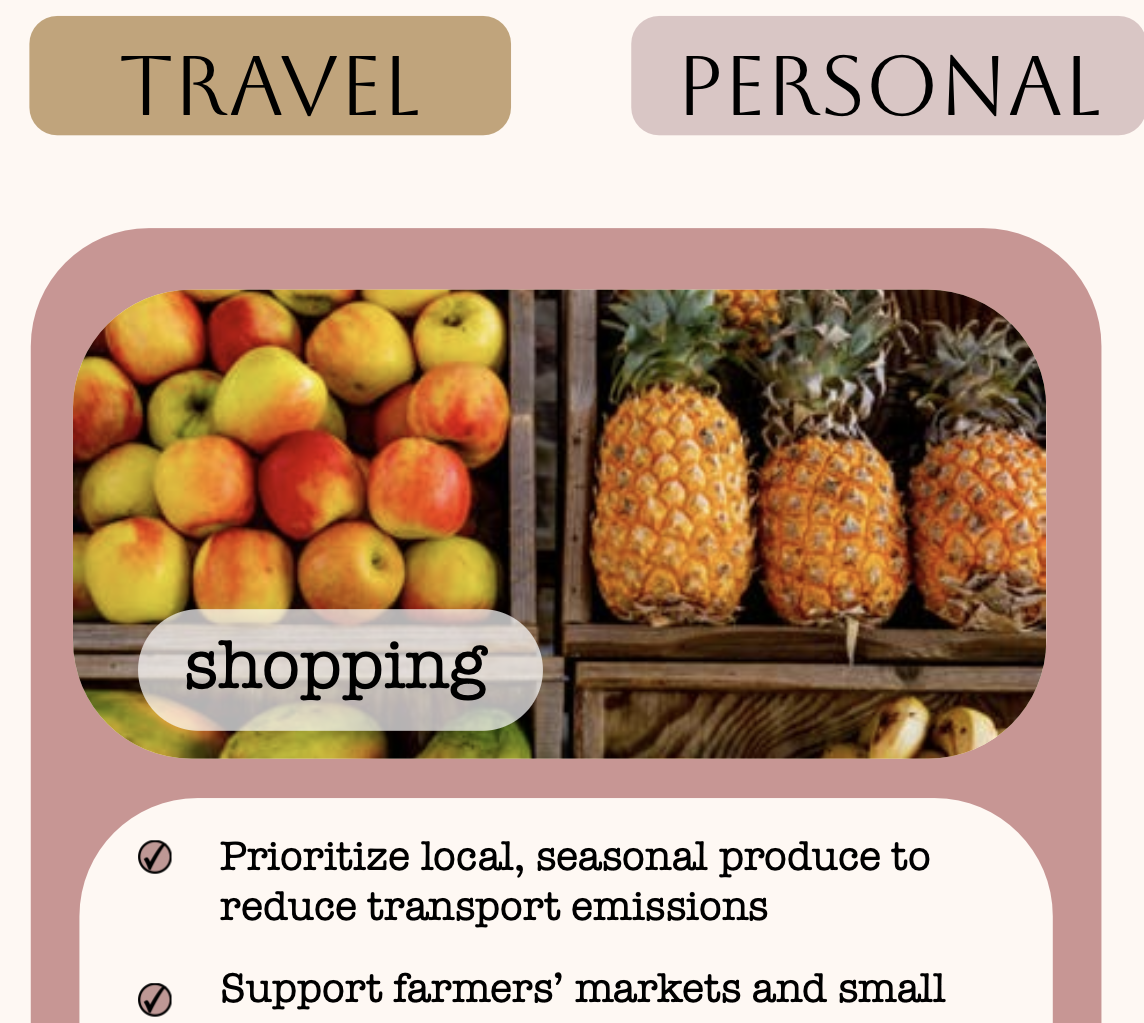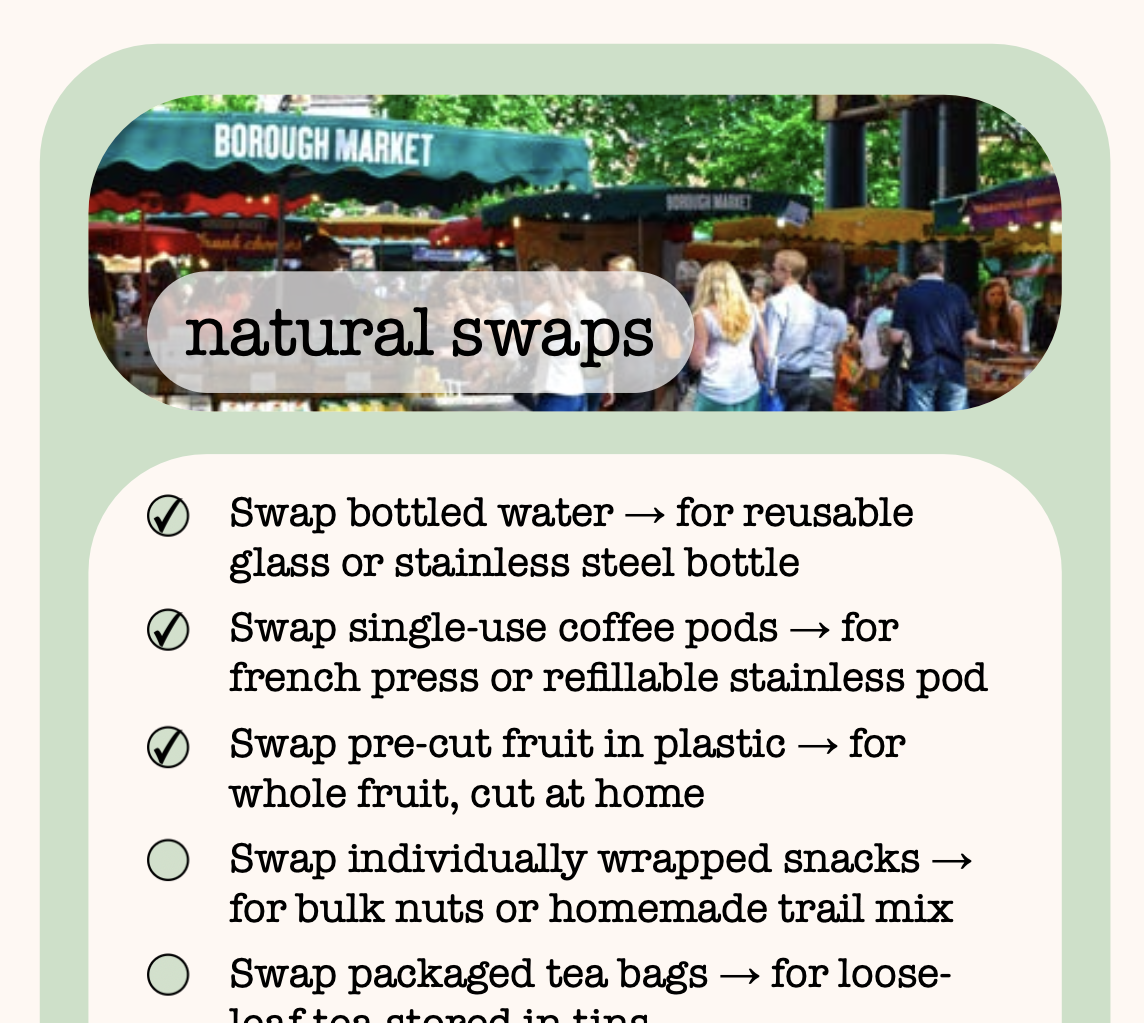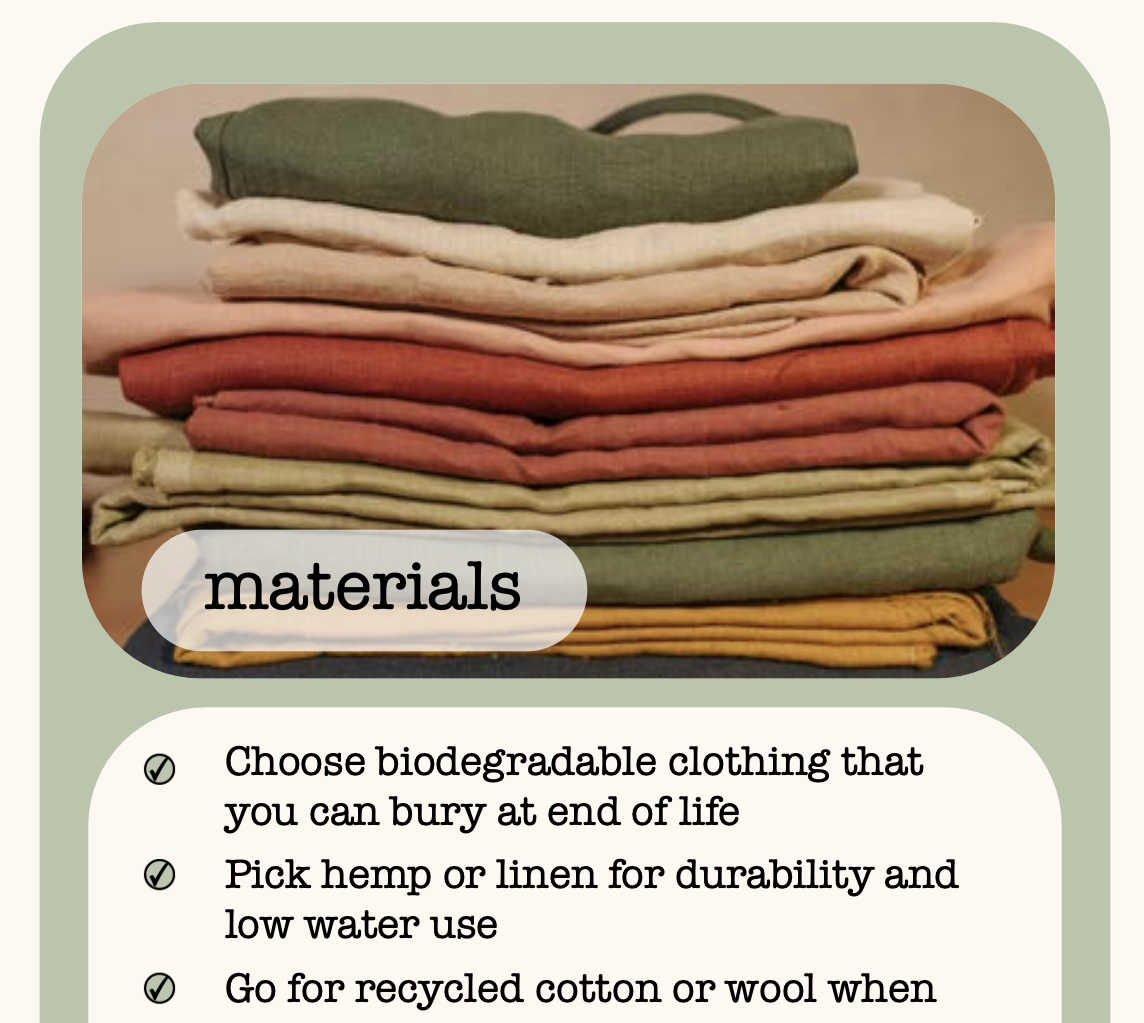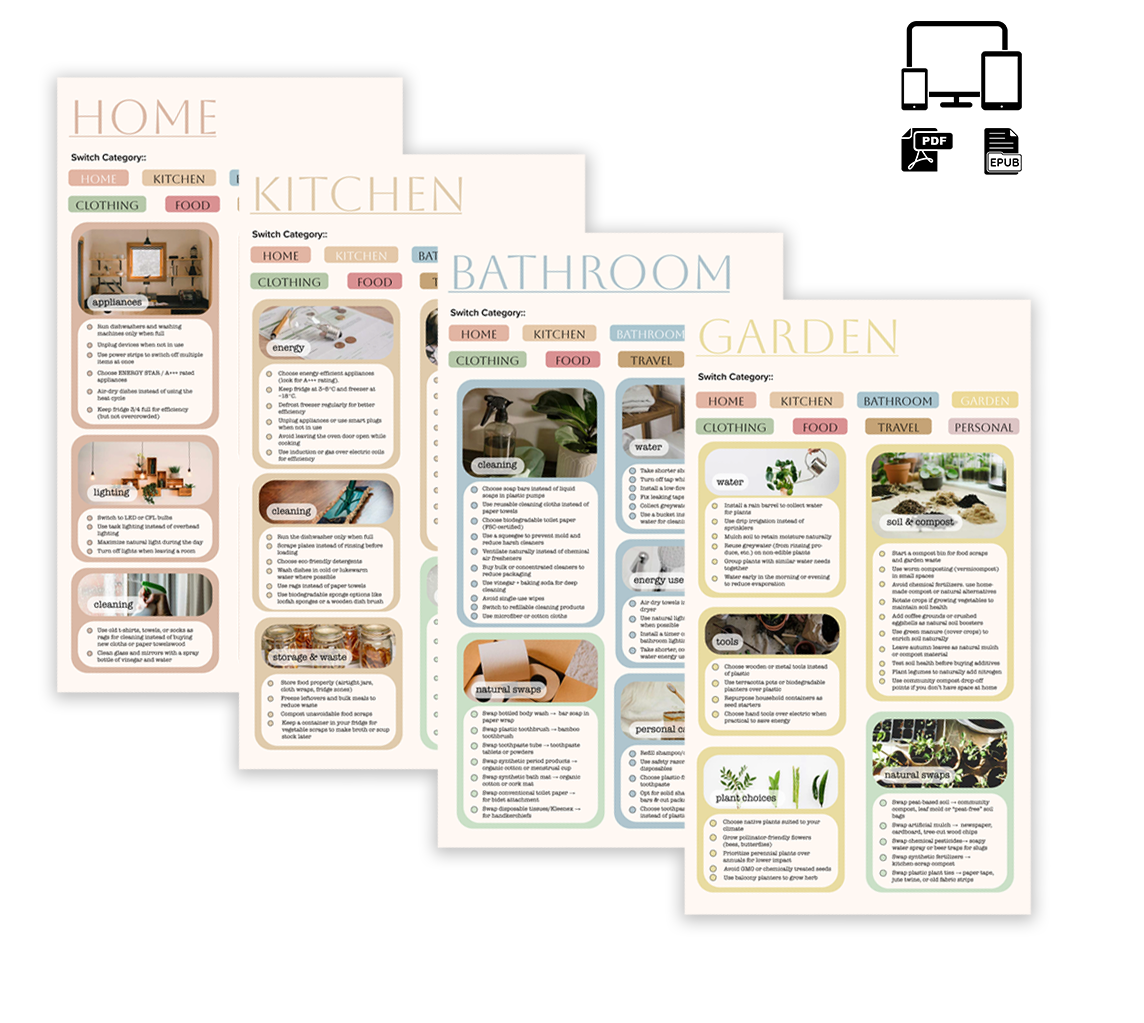Best Sustainable Phones 2025: Eco-Friendly Buyer's Guide and Analysis.
- emissions reports
- recycled rare earth elements
- eco packaging
- recycled plastics
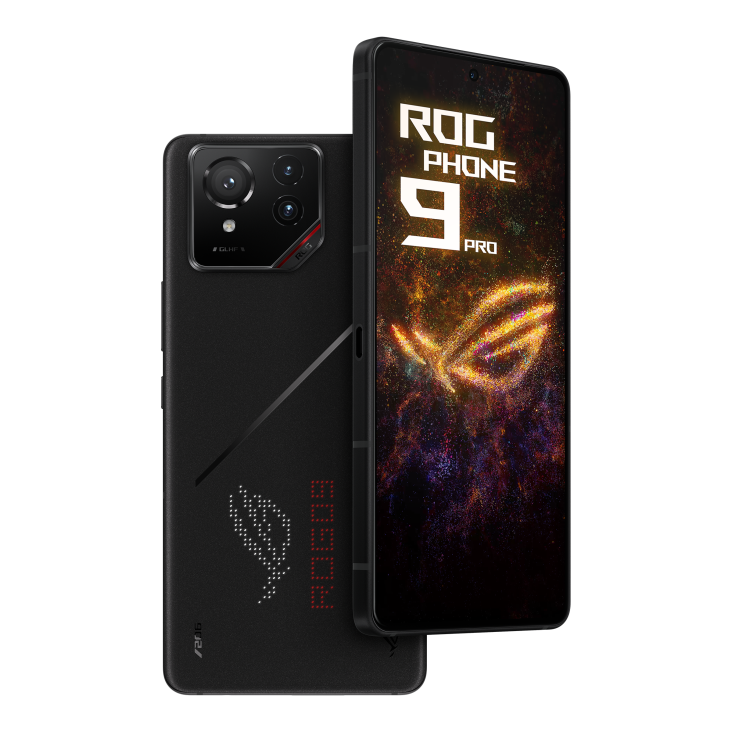
ASUS ROG Phone 9 Pro
Recycled Materials
Cobalt
no information given
Plastics
no information given
Aluminum
no information given
Tin
no information given
Steel
no information given
Copper
no information given
Ocean Bound Plastic
no information given
Packaging
Recycled Packaging
no information given
Recycled Fibre
no information given
Plastic Free Packaging
no information given
Longevity & Upgrades
Durability
no information given
Longevity
no information given
Energy & Emissions
Energy
no information given
Carbon Neutral
Goals
no information given
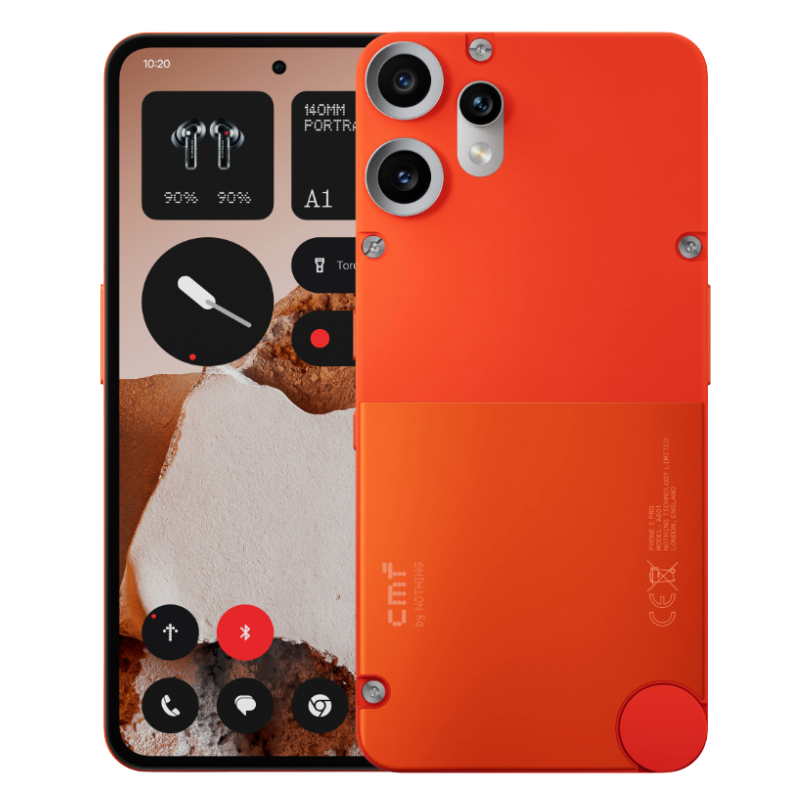
CMF Phone 2 Pro
Recycled Materials
Cobalt
No sustainability report publicly available.
Plastics
No sustainability report publicly available.
Aluminum
No sustainability report publicly available.
Tin
No sustainability report publicly available.
Steel
No sustainability report publicly available.
Copper
No sustainability report publicly available.
Ocean Bound Plastic
No sustainability report publicly available.
Packaging
Recycled Packaging
No sustainability report publicly available.
Recycled Fibre
No sustainability report publicly available.
Plastic Free Packaging
No sustainability report publicly available.
Longevity & Upgrades
Durability
No sustainability report publicly available.
Longevity
No sustainability report publicly available.
Energy & Emissions
Energy
No sustainability report publicly available.
Carbon Neutral
Goals
No sustainability report publicly available.
- 52 kg CO2e

Fairphone 5
Recycled Materials
Cobalt
Part of Fair Cobalt Alliance but Fairphone is one of the founders so… :/
Plastics
Mass % of recycled content in FP5 modules: Aluminium 94%, Copper 46%, Indium 77%, Magnesium 82%, Nickel 28%, Plastics 69%, Rare Earth Elements 24%, Tin 64%, Zinc 56%. “More than 70% fair focus materials” stated, but overall recycled plastic percentage not specified beyond 69% in plastics module.
Aluminum
94% secondary aluminum at launch.
Tin
64% recycled tin at launch.
Steel
82% secondary magnesium, 28% secondary nickel, 56% secondary zinc, 24% secondary Rare Earth Elements at launch. Secondary PC (Polycarbonate – 69% recycled) and TPU (Thermal Polyurethane – 90% recycled in soft case) production modeled.
Copper
46% secondary copper at launch.
Ocean Bound Plastic
no information given
Packaging
Recycled Packaging
Packaging plastic use reduced by ~40% (65g plastic in 265g total weight). Fairphone 9 series packaging 99% plastic-free. Strong commitment to reducing plastic and increasing recycled content. Aims for additional recycled materials and improved recycling rate. Design goal to reduce packaging plastics.
Recycled Fibre
no information given
Plastic Free Packaging
While 100% plastic-free is a goal, Fairphone’s “Fairphone 9 series” packaging achieved 99% plastic-free. Actively exploring materials for 100% target.
Longevity & Upgrades
Durability
IP55 sweat and water resistance. Corning™ Gorilla Glass 5. Passed military-grade drop tests (1.8m). Modular design makes replacements easy. DIY repairs quickly pay off: battery swap 16 days, display 92 days to offset footprint, showing 37-40% reduction in emissions vs no repair.
Longevity
5-year warranty. Software updates until 2031, alongside 8 years of software support. Expandable memory (SD card up to 2TB). iFixit repairability score 9.3 out of 10. Keeping phone for 5 years vs 3 can slash annual CO2 emissions by over 28%. Designed for long life and easier user repair. Provides free system/software upgrade service.
Energy & Emissions
Energy
4200mAh removable Li-ion battery with 30W fast-charging (50% in 20 minutes). Display dynamically adjusts for power efficiency. Qualcomm QCM 6490 chipset ensures efficient performance. Pushes for low-carbon manufacturing using renewable electricity throughout supply chain. Innovative low-carbon design reduces product’s power consumption. Energy consumption in use phase: 6.57 kWh/a. Deep optimization of software algorithms reduces power consumption and improves product life. Theoretical call duration extended to 24 hours, standby to one week.
Carbon Neutral
Goals
Committed to Net Zero by 2045 (5 years ahead of Paris Agreement). Climate targets approved by Science Based Targets initiative. Production is main GHG emissions driver. Extending phone life significantly reduces yearly impact: 3 years use = 14.0 kg CO2 eq./year, 10 years use = 6.9 kg CO2 eq./year.
- unknown CO2e
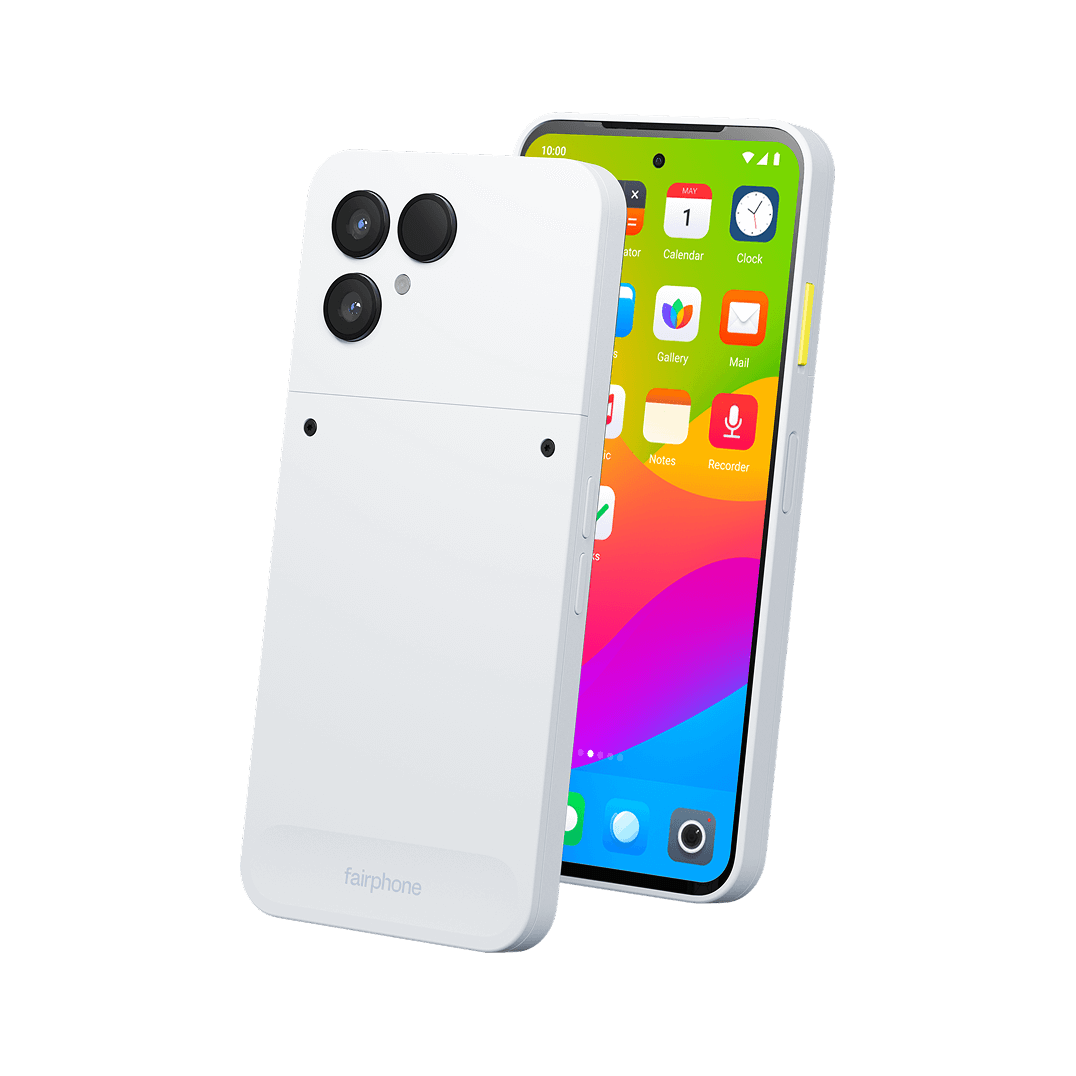
Fairphone 6
Recycled Materials
Cobalt
Part of Fair Cobalt Alliance but Fairphone is one of the founders so… :/
Plastics
The device is made with over 50% fair or recycled materials by weight, which includes recycled plastics among other materials
Aluminum
Explicitly included among the recycled materials in Fairphone. No percentage given
Tin
Listed among recycled materials. No percentage given
Steel
Listed among recycled materials. No percentage given
Copper
Listed among recycled materials. No percentage given
Ocean Bound Plastic
no information given
Packaging
Recycled Packaging
Recycled Fibre
Plastic Free Packaging
Longevity & Upgrades
Durability
The Fairphone 6 is modular with 12 replaceable components, achieves a perfect 10/10 repairability score from iFixit, and features drop-test and MIL-spec ruggedness (IP55, etc.)
Longevity
5-year warranty, and a groundbreaking 8 years of software support
Energy & Emissions
Energy
The use of LTPO OLED display (10–120 Hz) adds power savings. The manufacturing process employs renewable energy across critical parts like assembly, display, and battery production
Carbon Neutral
Goals
E-waste neutral, green energy, offsets; not formally carbon-neutral
- 82 kg CO2e CO2e
Google Pixel 10
Recycled Materials
Cobalt
100% recycled cobalt in the battery cell.
Plastics
At least 32% of the product is made with recycled materials. 8 of 13 plastic parts are made with at least 53% recycled plastic.
Aluminum
100% recycled aluminum in the housing.
Tin
100% recycled tin in the solder of multiple printed circuit boards
Steel
No information provided.
Copper
100% recycled copper in the main logic boards.
Ocean Bound Plastic
no information given
Packaging
Recycled Packaging
The packaging is made with recycled and responsibly sourced fibers.
Recycled Fibre
Used in the product packaging.
Plastic Free Packaging
100% plastic-free.
Longevity & Upgrades
Durability
IP68 dust and water resistance, and the frame is made with 100% recycled spacecraft-grade aluminum.
Longevity
7 years of OS and security updates.
Energy & Emissions
Energy
Estimated 7 kWh annual energy use. Standby power is 0.17 W (U.S.) and 0.20 W (EU).
Carbon Neutral
Goals
Google’s goal is to achieve net-zero emissions by 2030, but the report does not claim the product is carbon neutral.
- 87 kg CO₂e CO2e
Google Pixel 10 Pro
Recycled Materials
Cobalt
100% recycled cobalt in the battery cell
Plastics
At least 30% of the product is made with recycled materials. 8 of 13 plastic parts are made with at least 53% recycled plastic.
Aluminum
100% recycled aluminum in the housing.
Tin
100% recycled tin in the solder of multiple printed circuit boards.
Steel
No information provided.
Copper
100% recycled copper in the main logic boards.
Ocean Bound Plastic
no information given
Packaging
Recycled Packaging
The packaging is made with recycled and responsibly sourced fibers.
Recycled Fibre
Used in the product packaging.
Plastic Free Packaging
100% plastic-free.
Longevity & Upgrades
Durability
IP68 dust and water resistance, crafted with spacecraft-grade aluminum and Corning® Gorilla® Glass Victus® 2.1.
Longevity
7 years of OS and security updates.
Energy & Emissions
Energy
Estimated 7 kWh annual energy use. Standby power is 0.21 W (U.S.) and 0.19 W (EU).
Carbon Neutral
Goals
Google’s goal is to achieve net-zero emissions by 2030, but the report does not claim the product is carbon neutral.
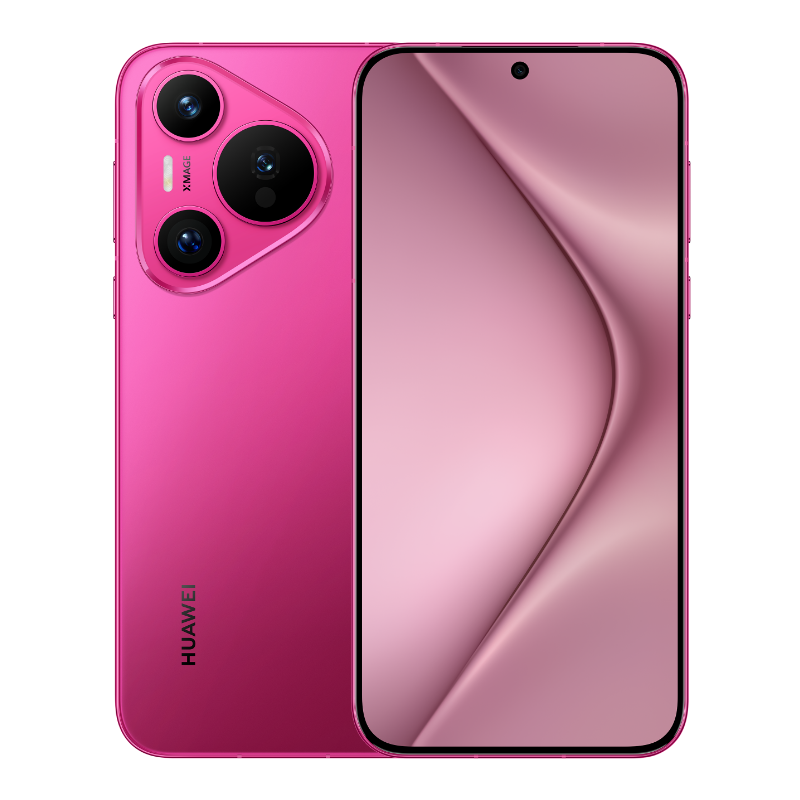
Huawei Mate 70
Recycled Materials
Cobalt
No sustainability report publicly available.
Plastics
No sustainability report publicly available.
Aluminum
No sustainability report publicly available.
Tin
No sustainability report publicly available.
Steel
No sustainability report publicly available.
Copper
No sustainability report publicly available.
Ocean Bound Plastic
No sustainability report publicly available.
Packaging
Recycled Packaging
No sustainability report publicly available.
Recycled Fibre
No sustainability report publicly available.
Plastic Free Packaging
No sustainability report publicly available.
Longevity & Upgrades
Durability
No sustainability report publicly available.
Longevity
No sustainability report publicly available.
Energy & Emissions
Energy
No sustainability report publicly available.
Carbon Neutral
Goals
No sustainability report publicly available.
- 56 kg CO2e

iPhone 15
Recycled Materials
Cobalt
100% recycled cobalt in the battery.
Plastics
35% or more recycled plastic in multiple components (includes upcycled plastic bottles in antenna lines). Recycled content claims verified by independent third party (ISO 14021).
Aluminum
75% recycled aluminum in the enclosure. Carbon savings quantified.
Tin
100% recycled tin in the solder of multiple printed circuit boards. Apple requires 100% of identified tin smelters/refiners to participate in third-party audits.
Steel
100% recycled tungsten in Taptic Engine (99% of total tungsten). 100% recycled rare earth elements in all magnets (100% of total rare earth elements). Dave robot disassembles Taptic Engine to recover tungsten and rare earth elements.
Copper
100% recycled copper foil in main logic board and MagSafe inductive charger. 100% recycled copper wire in Taptic Engine.
Ocean Bound Plastic
no information given
Packaging
Recycled Packaging
99% fiber-based packaging with 68% recycled content. All virgin wood fiber responsibly sourced. Designed to eliminate plastics, increase recycled content, use less packaging overall. Aims for 100% plastic-free by 2025.
Recycled Fibre
99% fiber-based packaging with 68% recycled content. All wood fiber is recycled or from responsibly managed forests.
Plastic Free Packaging
99% fiber-based packaging, no plastic (except adhesives, inks, coatings). Aims for 100% plastic-free by 2025.
Longevity & Upgrades
Durability
Ceramic Shield, two times tougher than other smartphone glass. IP68 water and dust resistance.
Longevity
Designed to be energy efficient, long-lasting, and safe. Regular software updates. Network of authorized repair professionals. Aims to reduce reliance on primary materials. Offers Apple Trade In for product return.
Energy & Emissions
Energy
Uses at least 47% less energy than standard. Employs power-efficient components. Builds clean energy projects. Over 30% of manufacturing electricity from supplier clean energy projects. Aims for 100% clean electricity for manufacturing/product use. Power adapter efficiency: 87.49-88.06%. No-load: 0.04W.
Carbon Neutral
Goals
Apple and all products aim to be carbon neutral by 2030. Substantial decarbonization. Applies carbon removal credits. GHG reductions achieved for iPhone 15 is 28%.
- 60 kg CO2e
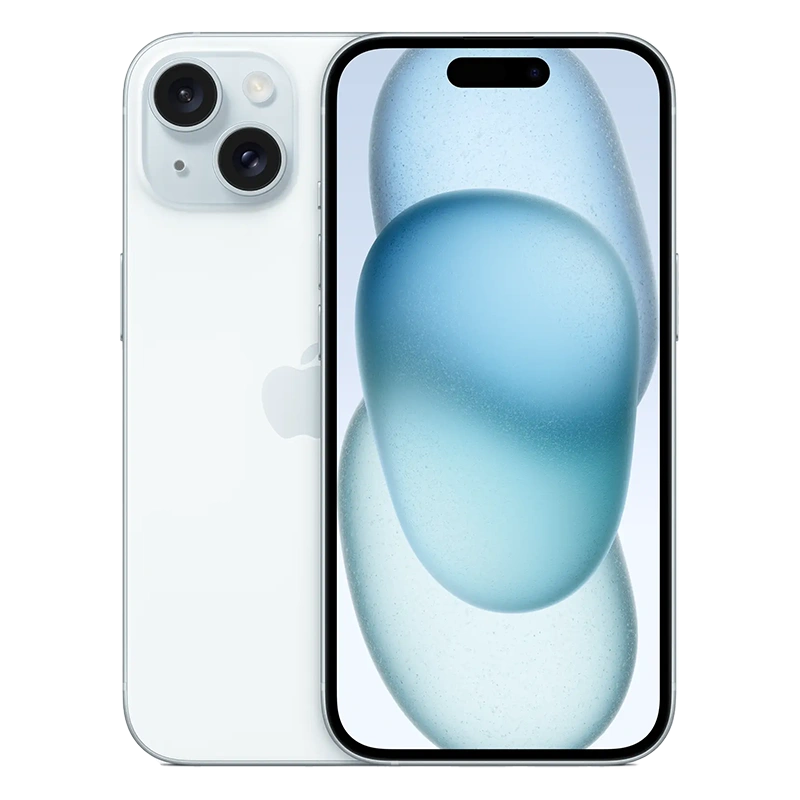
iPhone 15 Plus
Recycled Materials
Cobalt
100% recycled cobalt in the battery.
Plastics
35% or more recycled plastic in multiple components (includes upcycled plastic bottles in antenna lines). Recycled content claims verified by independent third party (ISO 14021).
Aluminum
75% recycled aluminum in the enclosure. Carbon savings quantified.
Tin
100% recycled tin in the solder of multiple printed circuit boards. Apple requires 100% of identified tin smelters/refiners to participate in third-party audits.
Steel
100% recycled tungsten in Taptic Engine (99% of total tungsten). 100% recycled rare earth elements in all magnets (100% of total rare earth elements). Dave robot disassembles Taptic Engine to recover tungsten and rare earth elements.
Copper
100% recycled copper foil in main logic board and MagSafe inductive charger. 100% recycled copper wire in Taptic Engine.
Ocean Bound Plastic
no information given
Packaging
Recycled Packaging
99% fiber-based packaging with 68% recycled content. All virgin wood fiber responsibly sourced. Designed to eliminate plastics, increase recycled content, use less packaging overall. Aims for 100% plastic-free by 2025.
Recycled Fibre
99% fiber-based packaging with 68% recycled content. All wood fiber is recycled or from responsibly managed forests.
Plastic Free Packaging
99% fiber-based packaging, no plastic (except adhesives, inks, coatings). Aims for 100% plastic-free by 2025.
Longevity & Upgrades
Durability
Ceramic Shield, two times tougher than any other smartphone glass. IP68 water and dust resistance.
Longevity
Designed to be energy efficient, long-lasting, and safe. Regular software updates. Network of authorized repair professionals. Aims to reduce reliance on primary materials. Offers Apple Trade In for product return.
Energy & Emissions
Energy
Uses at least 47% less energy than standard. Employs power-efficient components. Builds clean energy projects. Over 30% of manufacturing electricity from supplier clean energy projects. Aims for 100% clean electricity for manufacturing/product use. Power adapter efficiency: 87.49-88.06%. No-load: 0.04W.
Carbon Neutral
Goals
Apple and all products aim to be carbon neutral by 2030. Substantial decarbonization. Applies carbon removal credits. GHG reductions achieved for iPhone 15 Plus is 25%.
- 64 kg CO2e
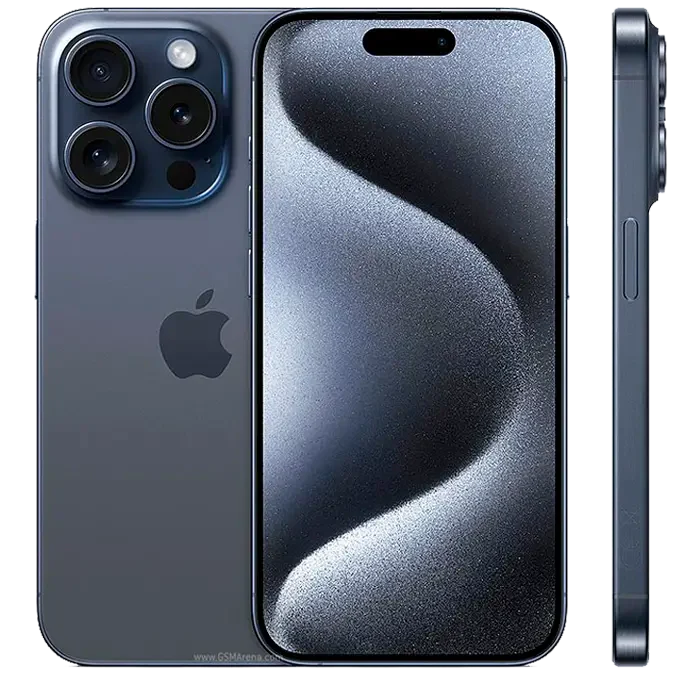
iPhone 15 Pro
Recycled Materials
Cobalt
100% recycled cobalt in the battery.
Plastics
35% or more recycled plastic in multiple components. Recycled content claims verified by independent third party (ISO 14021).
Aluminum
100% recycled aluminum in internal structural frame. Carbon savings quantified.
Tin
100% recycled tin in the solder of multiple printed circuit boards. Apple requires 100% of identified tin smelters/refiners to participate in third-party audits.
Steel
100% recycled tungsten in Taptic Engine (99% of total tungsten). 100% recycled rare earth elements in all magnets (100% of total rare earth elements). Dave robot disassembles Taptic Engine to recover tungsten and rare earth elements.
Copper
100% recycled copper foil in main logic board and MagSafe inductive charger. 100% recycled copper wire in Taptic Engine.
Ocean Bound Plastic
no information given
Packaging
Recycled Packaging
99% fiber-based packaging with 67% recycled content. All virgin wood fiber responsibly sourced. Designed to eliminate plastics, increase recycled content, use less packaging overall. Aims for 100% plastic-free by 2025.
Recycled Fibre
99% fiber-based packaging with 67% recycled content. All wood fiber is recycled or from responsibly managed forests.
Plastic Free Packaging
99% fiber-based packaging, no plastic (except adhesives, inks, coatings). Aims for 100% plastic-free by 2025.
Longevity & Upgrades
Durability
Ceramic Shield, two times tougher than any other smartphone glass. IP68 water and dust resistance.
Longevity
Designed to be energy efficient, long-lasting, and safe. Regular software updates. Network of authorized repair professionals. Aims to reduce reliance on primary materials and focus on longevity. Offers Apple Trade In for product return.
Energy & Emissions
Energy
Uses at least 48% less energy than standard. Employs power-efficient components. Builds clean energy projects. Over 38% of manufacturing electricity from supplier clean energy projects. Aims for 100% clean electricity for manufacturing/product use. Power adapter efficiency: 87.49-88.06%. No-load: 0.04W.
Carbon Neutral
Goals
Apple and all products aim to be carbon neutral by 2030. Substantial decarbonization. Applies carbon removal credits. GHG reductions achieved for iPhone 15 Pro is 29%.
